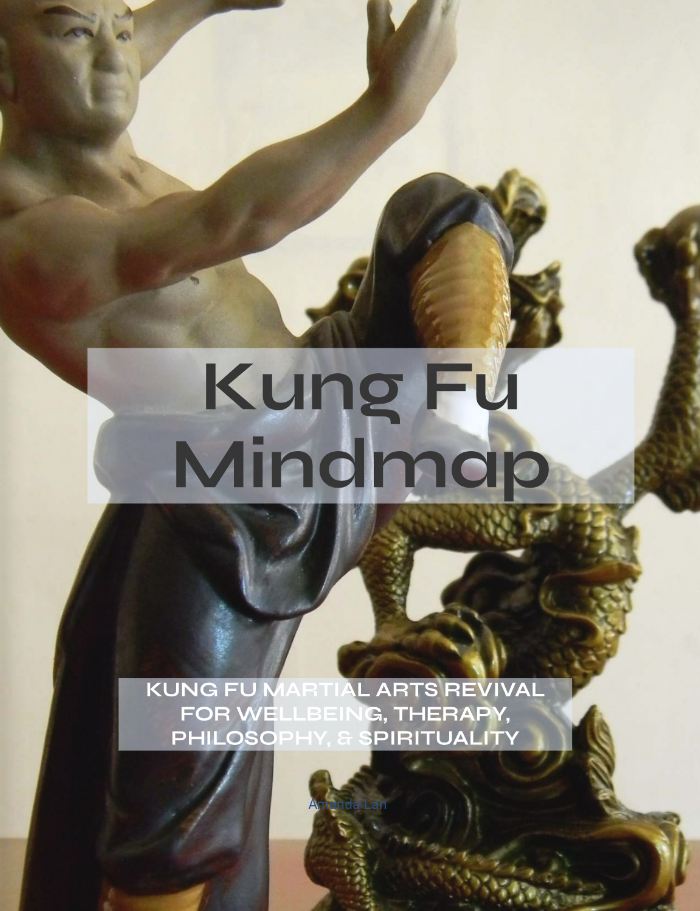The Discipline of Shaolin Kung Fu
History + Lineage (Shaolin roots, connection to health)
Kung Fu is more than just fighting techniques
Kung Fu, also known as Gong Fu or Wushu, is an ancient Chinese martial art that blends self-defence, health practices, and philosophical wisdom. Rooted in Shaolin Temple traditions, Kung Fu is more than just fighting techniques—it’s a holistic approach to physical, mental, and spiritual growth. This ancient practice combines dynamic movements, meditation, and energy cultivation (Qigong) to harmonise the body and mind. Kung Fu is divided into styles such as; Tai Chi Quan, Wing Chun Quan, Meditation Qigong, Movement Qigong, Martial Arts Therapy. Each style has its unique set of techniques and philosophies, yet they all share the common denominator of Qi or Qigong.
Shaolin Temple Roots
Chinese Wushu, or Kung Fu, encompasses various styles, including Tai Chi Quan, Wing Chun, Meditation Qigong, Health Qigong, and Martial Arts Therapy. Each style focuses on Qi (energy flow) as the foundation, aiming for balance between Neigong (internal strength) and Waigong (external strength). Neigong develops breath control, mind focus, and inner energy, while Waigong strengthens muscles and posture—together, they cultivate holistic well-being.
Benefits (strength, focus, life preservation)
Chinese Wushu, or Kung Fu Styles
Neigong (Internal Strength)
Neigong focuses on developing inner power through breath control, mental focus, and energy cultivation. Styles under Neigong include:
-
- Tai Chi (Taijiquan): A flowing, meditative practice that harmonises breath and movement for inner peace and balance.
- Baguazhang (Eight Trigram Palm): Circular, fluid movements designed to cultivate inner energy and mental sharpness.
- Xingyiquan (Shape and Intention Boxing): A direct and powerful style, focusing on mind-intent alignment with body movements.
- Health Qigong: A gentle system of exercises that enhance the flow of Qi (vital energy) through the body, promoting healing and longevity.
- Daoist Qigong: Rooted in Daoist philosophy, this style emphasises cultivating life force energy (Qi) for longevity, balance, and spiritual development.
Waigong (External Strength)
Waigong focuses on physical conditioning, strengthening muscles, bones, and overall posture. Styles under Waigong include:
-
- Shaolin Kung Fu: Known for its powerful strikes and kicks, Shaolin emphasises physical agility, strength, and endurance.
- Hung Gar: A Southern Kung Fu style focused on powerful stances, strong strikes, and overall body conditioning.
- Wing Chun: A close-range combat style that focuses on efficiency, speed, and technique, emphasising rapid strikes and tight defense.
- Northern Long Fist (Changquan): A Northern Kung Fu style characterised by wide, extended movements, combining speed and power for overall body development.
Together, Neigong and Waigong cultivate a harmonious balance of inner and outer strength for complete well-being.
At 1MindBodyFitness, we simplify Kung Fu’s ancient wisdom into practical, modern techniques for boosting health, resilience, and energy. Whether you’re looking to master your inner strength or unleash your outer warrior, Kung Fu offers timeless skills for modern life.
Kung Fu Past & Present

The Shaolin Monks are considered to be the founding fathers of Kung Fu martial arts.
Today Kung Fu is a Chinese martial art used as a sport, self-defense, or healing.
It is a form of self-defense that uses a combination of kicks, punches, blocks, and other techniques.
Kung Fu has been popularised in modern times through movies and television shows.
It is used in mixed martial arts competitions and is a popular form of exercise.
Kung Fu is based on principles of balance, agility, and precision.
Through practice and dedication, practitioners can develop speed, power, and accuracy.
Kung Fu also focuses on building inner strength and discipline.
Kung Fu Philosophy
In ancient China, a well-known scholar went to a master and asked to be trained in spiritual matters. The master poured tea into the scholar’s cup and continued to pour until the cup was overflowing. The scholar was taken aback and informed the master that the cup was overflowing. “Your mind is like this cup, full and overflowing with your own ideas,” the master said, pointing to the overflowing tea. So, if you want to study with me, first empty your cup (mind) so that it can take what is being poured.” The lesson here is to keep an open mind and refrain from passing judgment until you have learned enough to appraise what you have or have not gained.
To yield does not mean that one is weak. In achieving ambition, the self should not take leave from humanity.
Shifu Liang Dong Sheng (in honor of my late Grand Master Peng Nan)